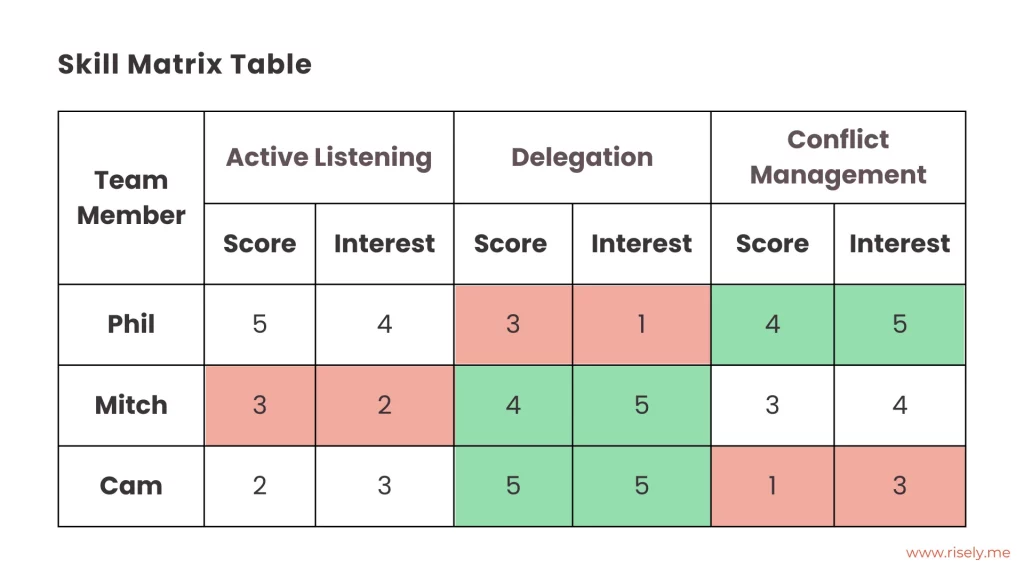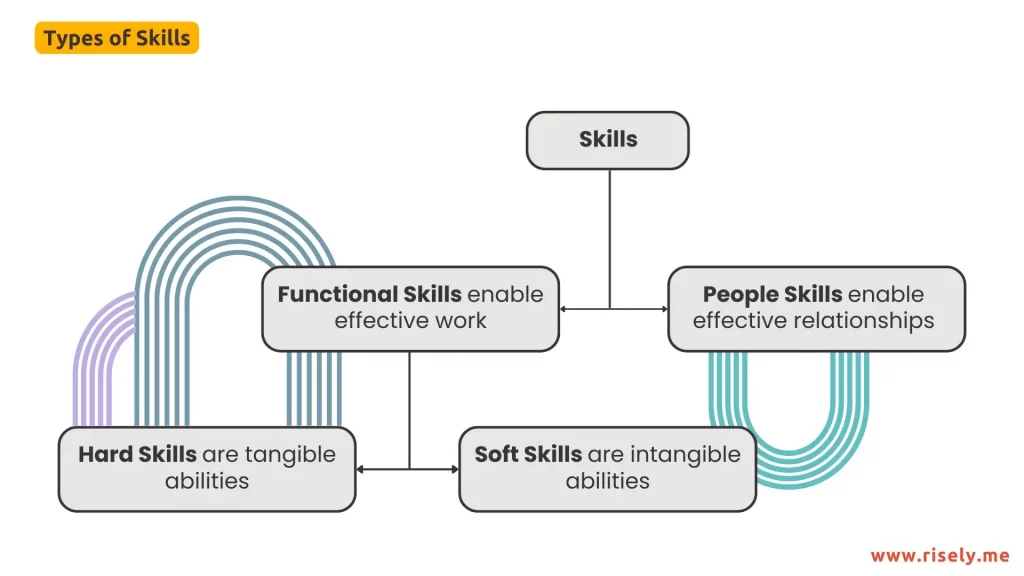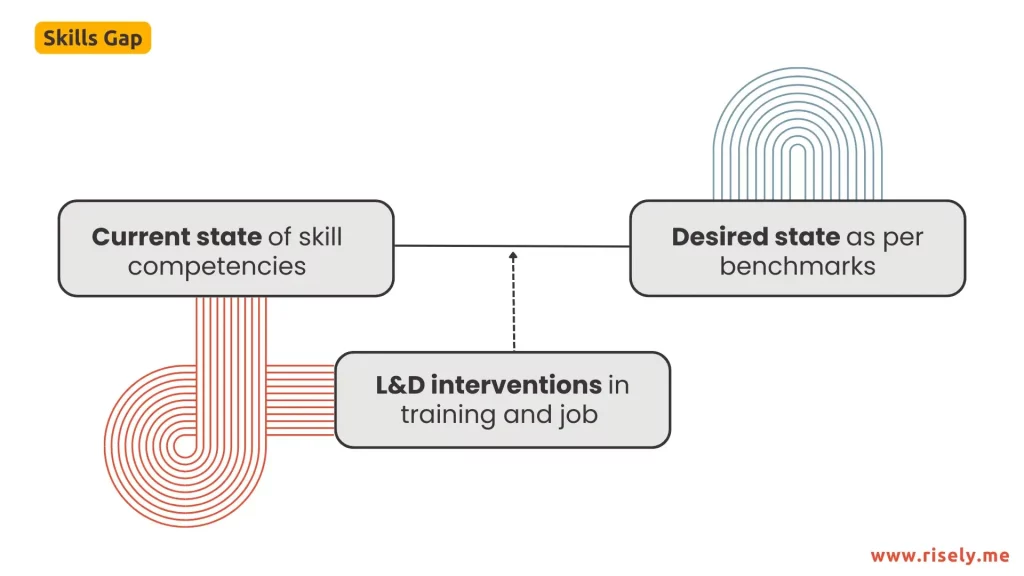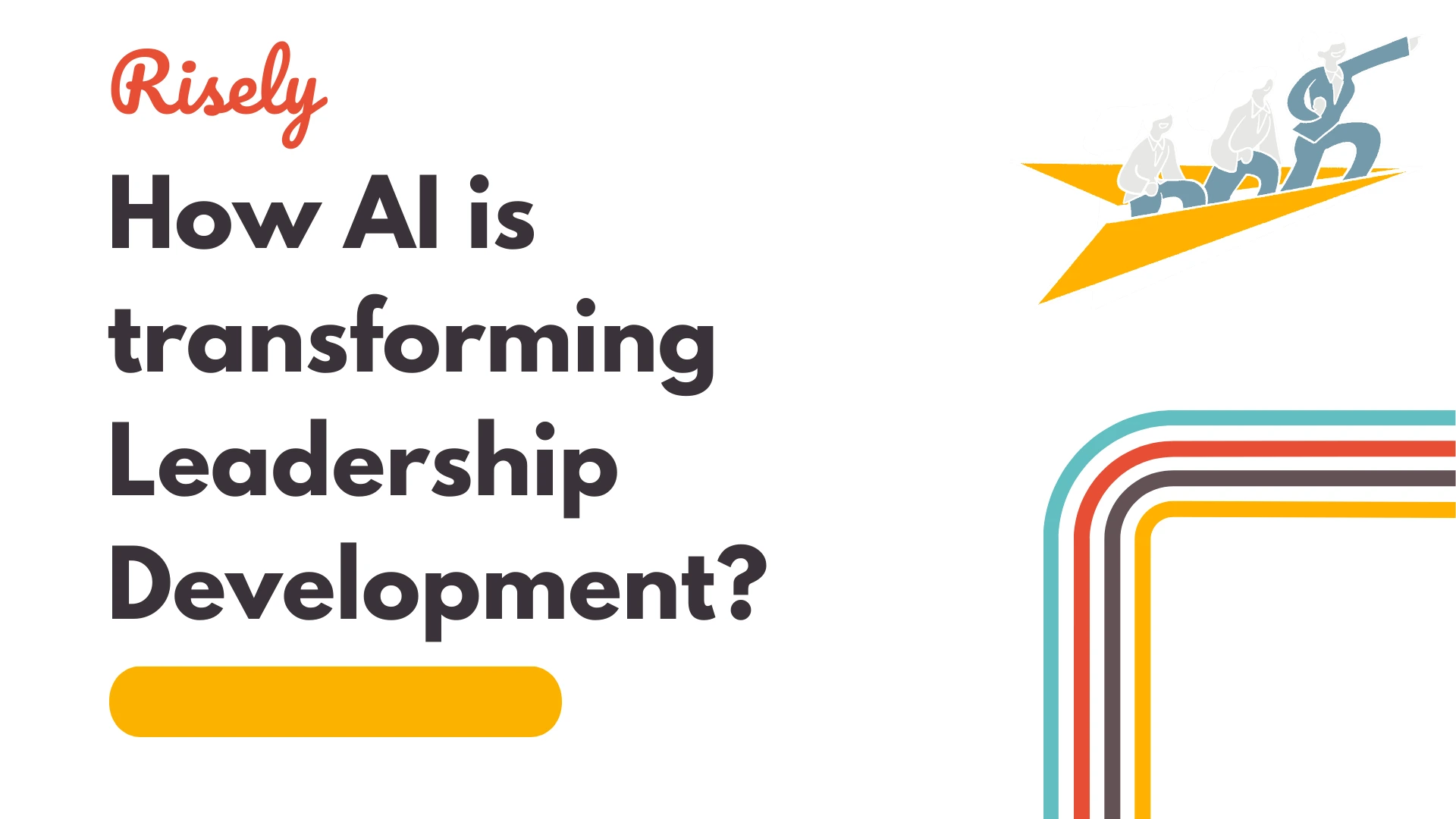Skills Matrix: Free Template To Apply It Easily
A skills gap analysis helps you understand the current and desired levels of skills for teams and even individuals within those teams. But what if we want to move one step ahead and create a skill analysis of teams with detailed information about the members? That’s where a skills matrix comes in. A skills matrix is a helpful tool that gives you a clear picture of what your team can do. In this blog post, we will talk about why a skills matrix is important in your learning and development strategy. We will also give you an easy guide on how to make one using our free template. Plus, we will share its many benefits and a free template to get you started. So, let’s hop right in!What is a skills matrix?
A skill matrix shows the necessary skills in a team or organization. It maps these skills to how well each team member can perform them. This simple chart helps you see who is strong and who needs help. You can then decide how to assign tasks, what training is needed, and how to build the team.A skills matrix is a visual tool, often in a table, comparing a team’s current skills to the required skills for specific roles or projects.
The skill matrix is very important for team management. It gives a clear view of the skills available in the team. This way, projects have the right people with the required skills they need to succeed. It also shows where the team might lack skills, which helps in creating development programs to fix those gaps.
Where does a skills matrix help you?
Primarily, there are two directions that a skills matrix can help you in.- Skill underutilization: It refers to a situation where a team member’s skills and capabilities are not fully utilized in their current role or within a team. It leads to feelings of frustration, lack of motivation, and decreased job satisfaction. Plus, this is a waste of valuable capacity in your organization.
- Skill overload: The other side, occurs when an individual is assigned tasks or responsibilities that exceed their skill level or capacity. We know what happens next: it results in stress, errors, burnout, and decreased productivity.
What are the benefits of using a skills matrix?
A skills matrix supports your decisions in four key areas:- Identifying Skill Gaps: A skills matrix helps you identify areas where employees may need training or development to meet job requirements effectively.
- Resource Allocation: It enables better resource allocation by matching individuals’ skills with tasks, ensuring efficient use of talent within the organization.
- Succession Planning: By understanding employees’ skill levels, you can plan for future roles and responsibilities, facilitating succession planning and employees’ career growth.
- Performance Evaluation: A skills matrix provides a structured way to assess an individual’s performance based on their skill levels, making performance evaluations more objective and accurate.
Is a skills matrix same as a competency matrix?
A “skills matrix” and a “competency matrix” are often used as if they mean the same thing. However, they are quite different. A skills matrix looks at a person’s skill set. It shows how good they are at certain skills. This matrix uses a rating system to measure how well someone can perform a task or use a skill. A competency matrix, however, covers more ground. It includes skills, but also looks at knowledge, behavior, and attitudes that help a person succeed in their job. Competency levels are based on skills people can show, the knowledge they apply, and the behaviors that fit with company values. In short, a skills matrix answers the “what” question about specific skills. A competency matrix answers “how,” or how those skills are used well in the organization. Both are useful for managing talent, but they serve different purposes.Other Interesting Reads
How to create a skills matrix effectively for your organization?
It’s important to prepare before you start building your skills matrix. Knowing your goals, target audience, and the skills you want to check is key to a successful result. You should be sure about two primary areas before developing a skills matrix for your team..#1 Identifying Objectives: What You Aim to Achieve
Defining clear business goals is the key to making a useful skills matrix. First, ask yourself what you want to achieve with this tool. Do you want to spot skill gaps and decide on training needs? Or do you want to match employee skills with future business goals? When you know your goals, turn them into specific and measurable objectives. Use the SMART method of goal-setting to help. For example, instead of saying “Identify skill gaps,” say “Identify and close the top three skill gaps in the Marketing team by Q2 2025.” This gives a clear target, time limit, and focus for the skills matrix study. A few examples of goals that you can think of while creating a skills matrix include:- Spotting and closing skill gaps within a team or department.
- Guiding the creation of specific training programs to fix noted skill issues.
- Making workforce planning better by predicting future skill needs.
- Boosting succession planning by finding promising employees with needed skills.
#2 Defining the Scope: Who and What Skills to Include
Defining your skills matrix means deciding who and what skills to include. Will it cover the entire organization or just specific teams or departments? There are three factors that you should think of:- Size of the organization: Small groups may only need one skills matrix. Larger organizations with different departments might find it better to create separate ones for each department or team.
- Business objectives: The skills should match your business goals. For example, if you want to improve customer service, focus on skills like communication, problem-solving, and empathy.
- Industry and job roles: The needed skills will change based on your industry and roles. For instance, a software development team will need a different set of skills than a marketing team.
Building the Skills Matrix Step-by-Step: A Step Wise Guide
Now that you have a clear goal and set boundaries, you can start creating your skills matrix. This means writing down important skills, setting up a rating system, collecting information, and filling out the matrix. Keep in mind that making a skills matrix is a process that takes time. You might need to improve the list of skills, change the rating system, or get more information as you move along. The important part is to begin with a strong base and modify it as you go.Step 1: Listing Essential Skills for Your Team or Organization

- Programming languages (like Python, Java, C++)
- Data analysis tools (like Excel, SQL, Python Pandas)
- Project management methods (like Agile, Scrum)
- Communication (both written and spoken)
- Teamwork and working together
- Problem-solving and thinking critically
- Time management and keeping organized
Step 2: Developing a Rating System for Skill Levels
Once you know the important skills, make a rating system to check how good each team member is at those skills. The rating scale should be clear and simple. We have created these in our free skills matrix downloadable template to help you out. A basic and useful rating scale uses numbers from 1 to 5. Each number shows a different skill level:- 1 – Novice: Little to no understanding of this skill competency
- 2 – Beginner: Understands the basics but needs significant support
- 3 – Intermediate: Knows the fundamentals for task performance, needs support for deep dives
- 4 – Advanced: Able to independently handle advanced tasks and guide others
- 5 – Expert: Innovative and leading in this competency and can train others
- 1 – Not interested: Does not desire to work on this skill
- 2 – Somewhat interested: Little interest in gaining proficiency in this area
- 3 – Moderately interested: Significantly interested in developing the skill further
- 4 – Highly interested: Actively interested in expanding knowledge and capabilities
- 5 – Passionately interested: Enthusiastic to master and apply this skill
#3 Implementing the Skills Matrix
With the structure and rating system ready, it’s time to fill your skills matrix. This means you need to gather information about the skills of your current employees. This means getting information on how good each team member is at the skills listed. Use different ways to get complete and balanced data:- Self-Assessment: Ask employees to rate their own skills using the rating scale you defined. Self-assessments can give good insights into how people see their own skills, but keep in mind that they can be biased. You can overcome that limitation by using tools like Risely’s leadership skill assessments that also include anonymous team feedback.
- Manager Evaluations: Managers are important for giving clear evaluations of their team members’ skills. They can use their observations and feedback from projects to help.
- Peer Reviews: Getting input from colleagues who work closely with individuals can show important strengths and areas for improvement that managers might not notice.
#4 Analyzing the Matrix to Identify Skill Gaps
Analyzing the populated skills matrix is crucial for identifying skill gaps and informing strategic decision-making. By carefully examining the matrix, you can pinpoint areas where your team’s collective skills align well with current or future requirements and areas where deficiencies exist.
Skills matrix example
For example, consider the following simplified skills matrix for a marketing team:| Skill/ Person Name | Alex | Haley | Luke |
| Digital Marketing | 3 | 2 | 4 |
| Content Writing | 4 | 3 | 2 |
| Social Media Marketing | 2 | 4 | 3 |
#5 Keeping the Skills Matrix Valid for Long Term Use
A skills matrix is not something you set and forget. It needs regular updates to stay useful. As your business grows, technology changes, and workers learn new skills, the matrix must show these updates. Make a plan for checking and updating the skills matrix often. How often you update it can depend on your industry and how fast things change in your company. For industries that change quickly, you might need to update it every three months or every six months. For example, if many industries are starting to use artificial intelligence (AI), you might need to add AI-related skills to your matrix, even if those skills were not needed before. You can include updates in regular performance reviews or have special meetings just for skills assessment.How to apply the insights from a skills matrix to your team?
After you find skill gaps and know your team’s strengths and weaknesses, it’s time to make a plan. This plan should lay out clear steps to fix the skill gaps, use the strengths you already have, and get your team ready for future challenges. Next, look at the skill gaps to see which ones are most important. Focus on those that could affect your team’s performance and their ability to meet business objectives. For the high-priority gaps, think about creating specific training programs, offering mentorship, or looking into hiring outside help. Think about using different ways to support skill development. You can offer various programs like online courses, mentorship, peer learning sessions, and workshops aimed at specific skills. This will help employees learn in a way that works best for them and at their own speed. But there’s more that you can do with a skills matrix! A skills matrix is not just for finding skill gaps. It is also a useful tool for HR decision-making. It gives important information that helps with managing talent, planning the workforce, and preparing for future leadership. Let’s consider a few scenarios that a skills matrix can throw up:- An employee shows high interest but low proficiency in a relevant skill.
- A team shows low interest and proficiency in a key skill area.
- An employee shows high skill levels but the team does not have use cases.
Wrapping Up
In conclusion, a Skills Matrix is a very useful tool for better team management and organizational success. It helps you find skill gaps, create development plans, and make smart HR choices, which can boost your team’s performance and productivity. Updating the matrix regularly keeps it relevant and aligned with your goals. You can use our free template to make this process easier and help your team grow. Give your workforce the right skills at the right time for lasting success.Get started with a free skills matrix template!
Grab free L&D resources and more for holistic growth of people managers.
Only on Risely.
AI and Leadership Development: Driving Synergy for Growth
AI and Leadership Development: Driving Synergy for Growth You know the frustration all too well. Your organization invests thousands in…
How Are AI Learning Platforms Transforming Leadership Development?
How Are AI Learning Platforms Transforming Leadership Development? As an L&D leader, you’re likely familiar with this frustrating reality: 82%…
5 Essential AI Skills for L&D Leaders
5 Essential AI Skills for L&D Leaders According to LinkedIn’s 2025 Workplace Learning Report(1), 71% of L&D professionals are now…
How to Create a Course with AI: A Guide for L&D Professionals
How to Create a Course with AI: A Guide for L&D Professionals According to a McKinsey survey(1), only 11% of…
Building an Ultimate Leadership Development Action Plan
How to Build a Leadership Development Action Plan? Having a strong Leadership Development Action Plan is more critical than ever…


